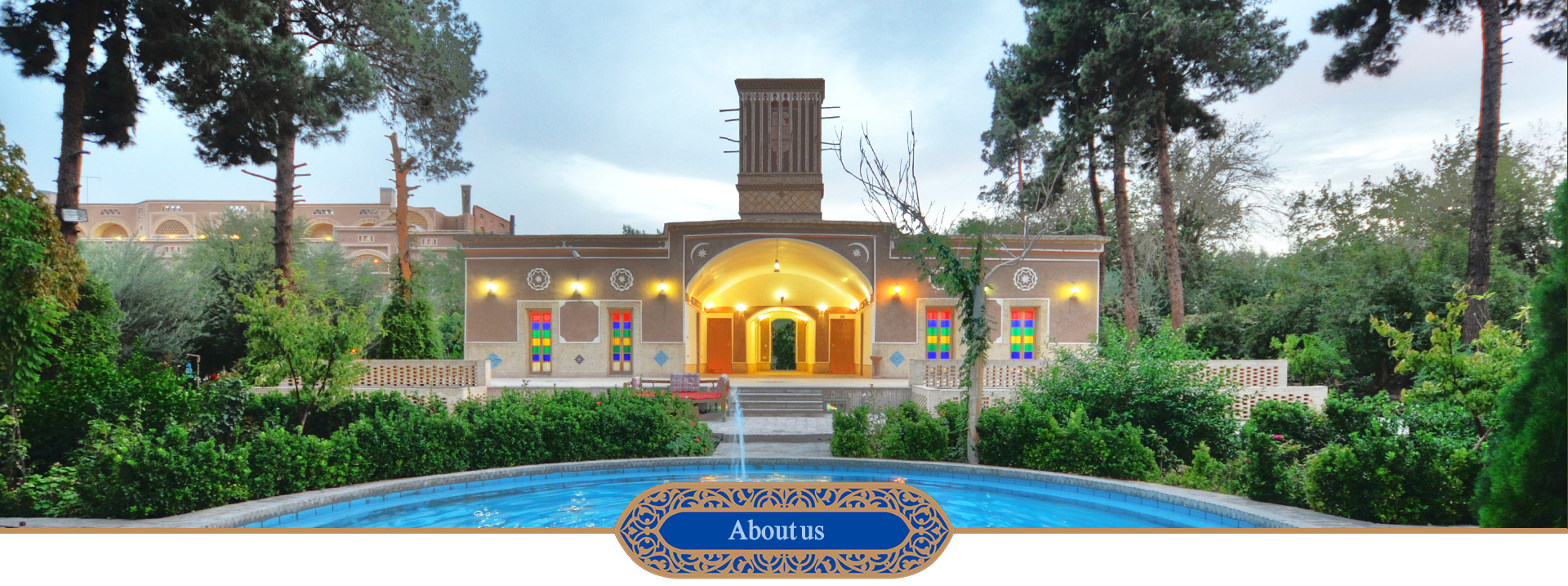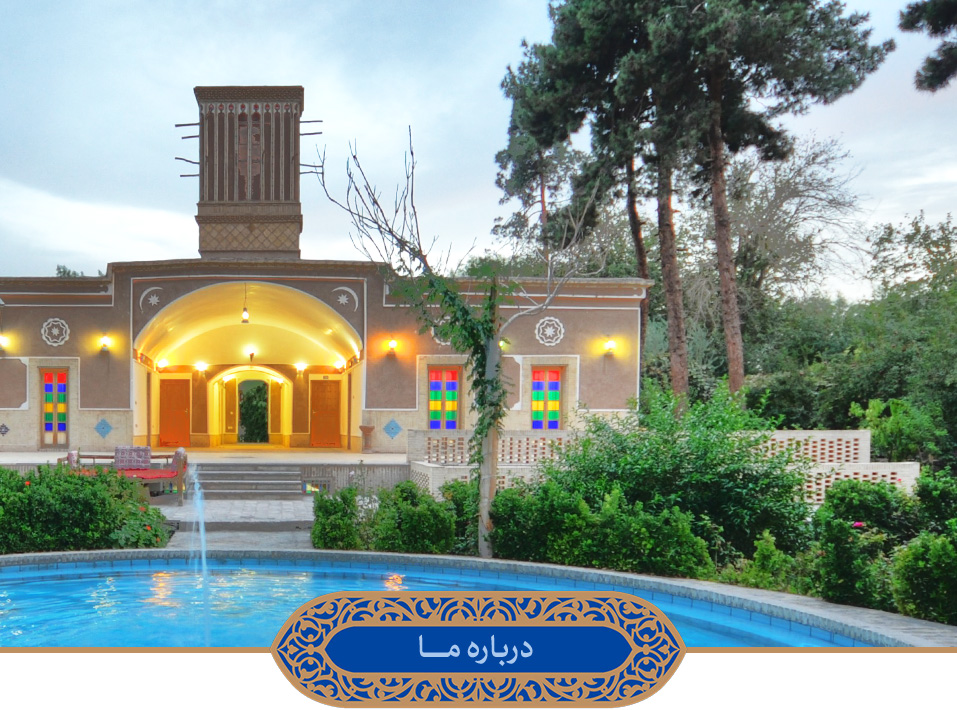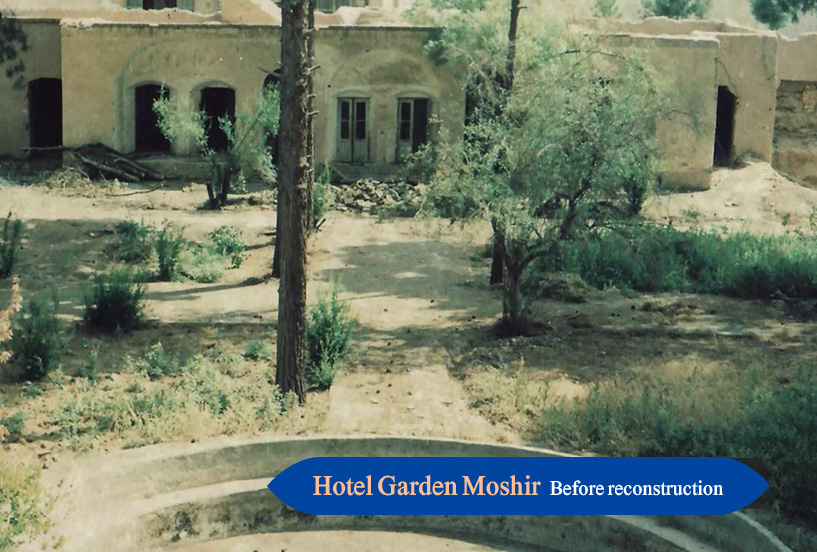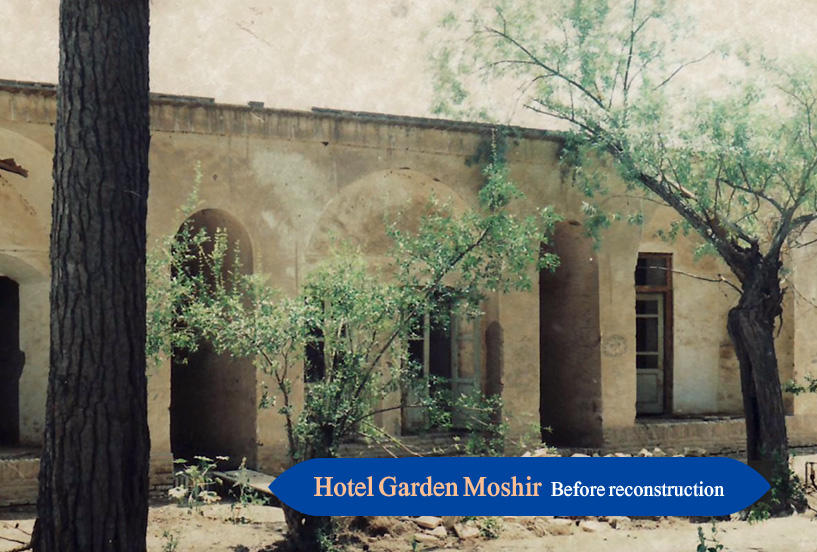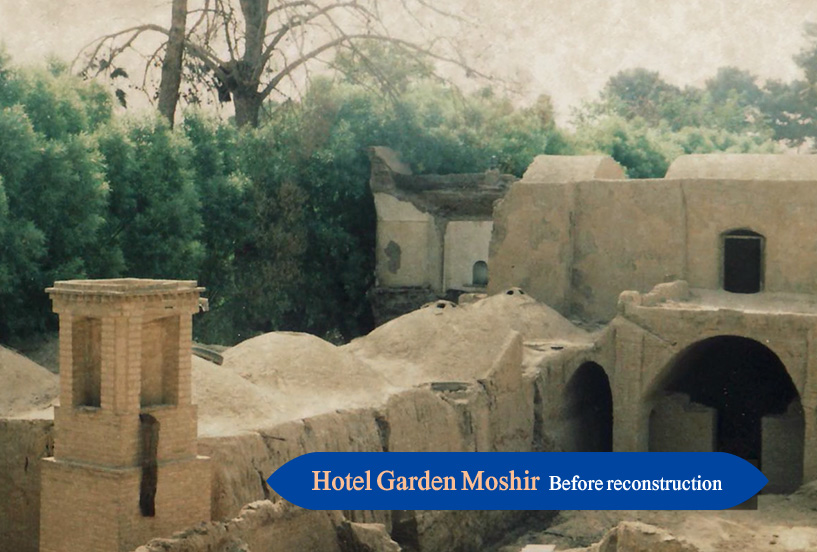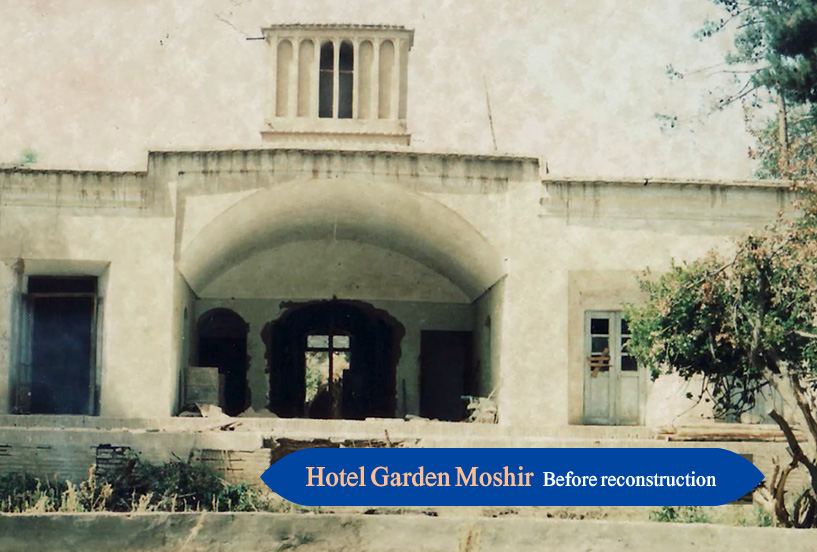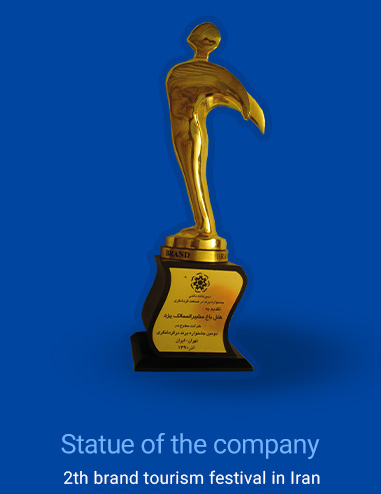
Living in desert cities has long been a challenging issue for residents and the need for spaces for freshness and vitality has been one of the important factors that has led to the creation of large and beautiful gardens in the desert. One of these examples is the garden of Moshir al-Malak in Yazd, which is formed on the edge of the old texture and in the northwestern part of the city and has easy access to all parts of the city through the surrounding streets.
Mr. Asghar Nabil, CEO of the hotel, says about the historical background of the garden: At the end of the Qajar period, it was built by Mirza Fateh Khan Khan Mushir al-Malik, who at that time was the owner of the court and the director of finance (Mostofi). He was responsible for collecting taxes from the Qajar government in Yazd. He was also his successor in the government in the absence of the then ruler
Mirza Fatah Khan has made great efforts to develop Yazd and has built many aqueducts, the construction of each aqueduct was equivalent to creating a settlement and employment of a large number of people. One of these aqueducts was Amirabad Moshir aqueduct. This aqueduct is located at a distance of about 5 km from the former Shah Square (now Besat Square), in the vicinity of which the villages of Mahmoud Abad and Kasnaviyeh have been established. Fateh Khan established a garden in the shape of the Amirabad aqueduct, and since the main activity of Mushir al-Malik was to collect taxes, this garden has become one of the non-cash tax collection warehouses and Mushir’s private guest house.



